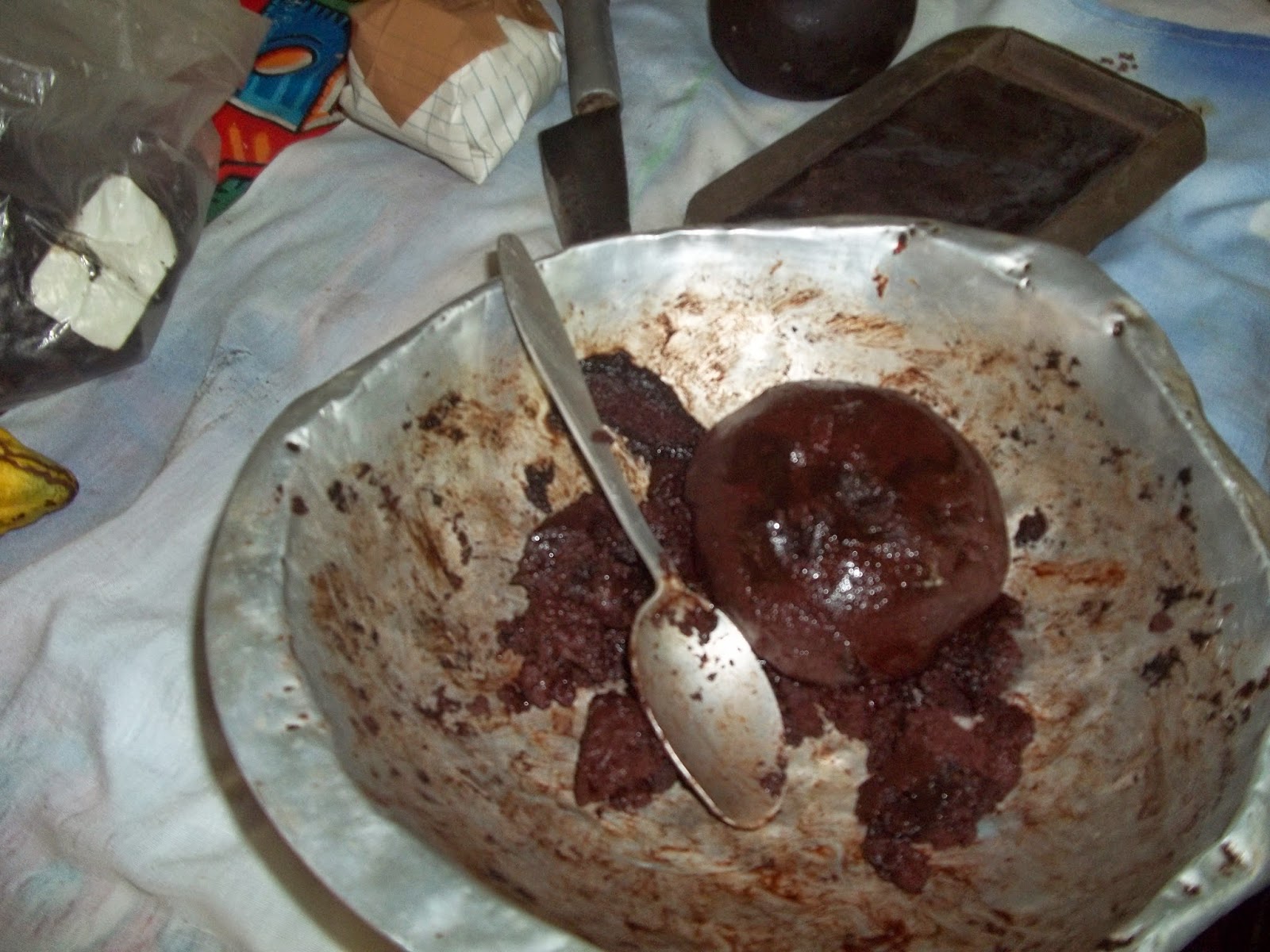I woke super early and walked along the beach past the baseball stadium, over a very questionable bridge into a tiny town where Playa Blanca is located. I was nearly alone walking for about an hour on the beach because it was so early, though when I returned it was crowded with locals, swimming and playing soccer barefoot.
Playa Blanca is a tiny white sand beach with just a tiny shore between rocks I was afraid of swimming out through. I was alone on it for a small time and then a family joined me. They were cleaning fish that they’d recently caught. The girl, about 9 years old, spoke with me and showed me the various things she’d found on the beach, including her collection of tiny hermit crabs and various rocks and coral. She called me tia (aunt) and kissed me goodbye when they left.
I watched her father and grandfather swim out through the rocks and knew it was safe, so I followed. Later they got into a small pool made from other rocks. The pool would rise and fall with the tide. The girl asked me to join them then grabbed my hand when I was a bit reluctant. I would have not done any of it, if I hadn’t seen them do it first. It looked a bit dangerous.
They offered me coffee and I offered the little girl the only thing I had to offer- a magazine. I told her she could practice her English with it, which she had been trying to use while talking to me. She smiled, kissed me again on the cheek and ran to show her mother.
A man on the beach had asked me a few times if I wanted to go on a tour to the caves. He waited around for me, brought me a coconut. I finally decided to go when he said it was $6 peso, very excited to finally be using my pesos instead of CUC.
I had only flip flops and wished the whole time I had my Chacos or other better hiking shoes. We walked way up into some caves, saw a beautiful view of the sea and Baracoa
I finally headed back. I’d spent about lovely 9 hours there and would have liked to stay longer, but there was no where to eat. I was starving and had drunk all my water as well. I walked back along the now crowded beach, ate dinner at a restaurant in town and went back to the casa and wrote and read.
Traveling tip #9 Know How You’re Paying- I’d asked a barman in Santiago
traveling Tip #10 Bring snacks. I bring snacks with me from home any time I travel, granola bars and lollies, crackers and the like. You can also get snacks wherever you are, just be sure to always have some with you. These are great for bus rides and any time you might be stuck on a very private, beautiful beach in a town that is so small there aren't any restaurants. I did have snacks on this beach, they just weren't substantial enough to edge my hunger.








